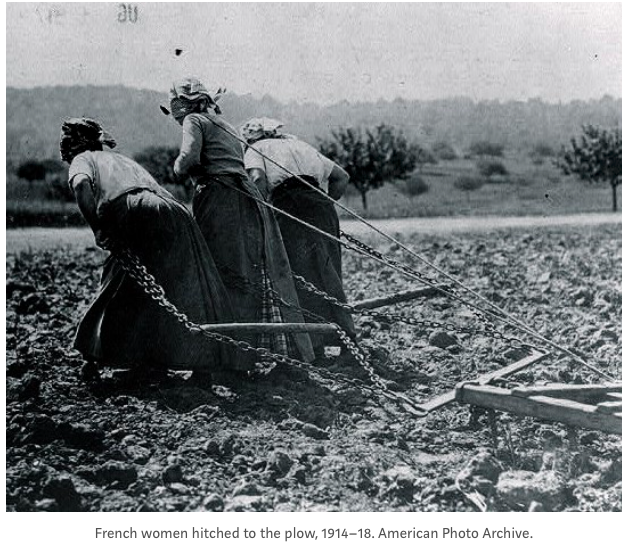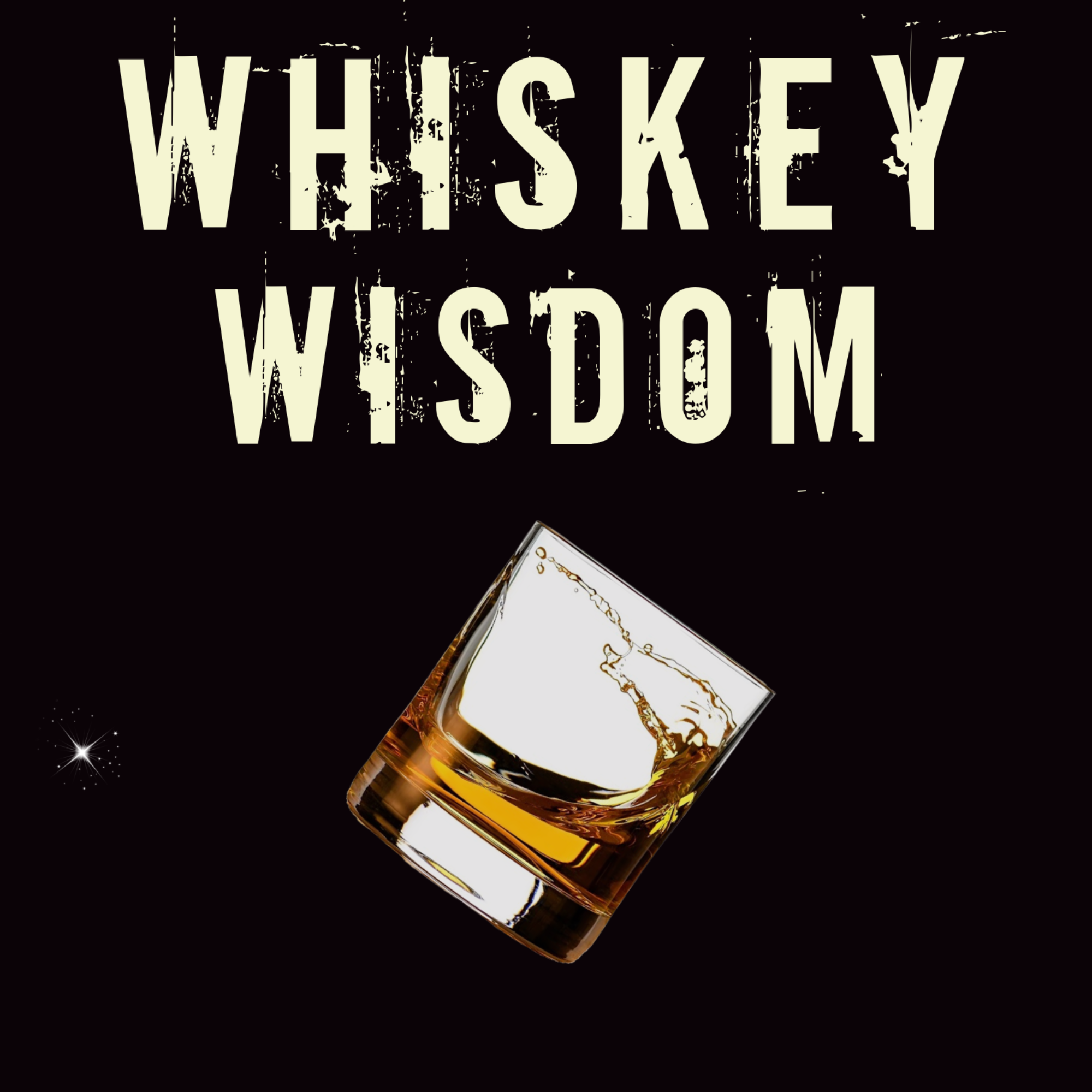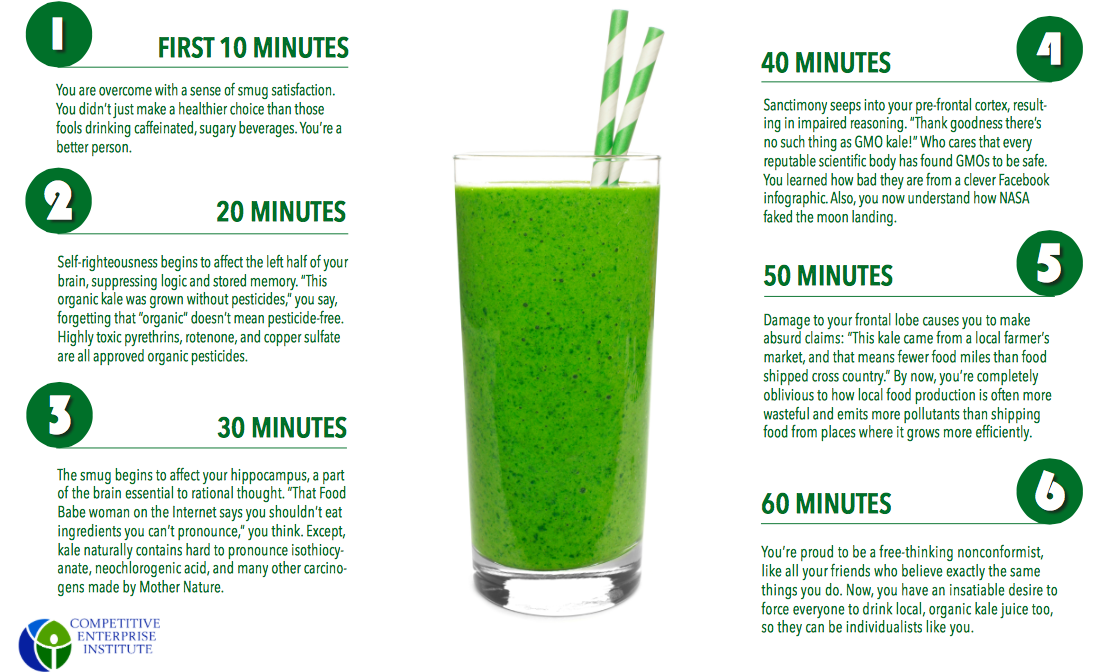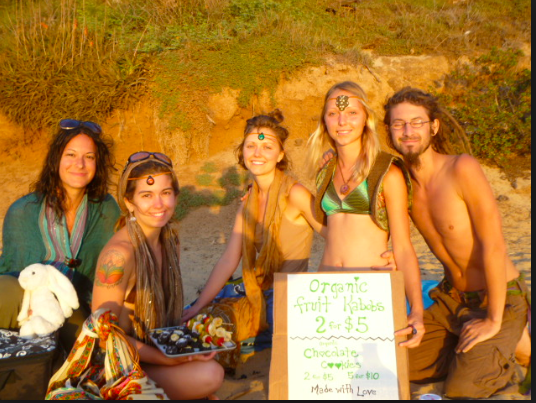
The over-population scare that was once all the rage has in the last decade or so been supplanted by food fastidiousness.
The over-population faddists, as you may or may not know, are also the folks who brought us the offshoot peak-oil scare. Both of those, while not quite completely out-of-fashion (yet), have been bunked many, many times, and largely for this reason, I believe, they’ve given way to locavorism and the organics-only trend.
It nevertheless remains true, as it has been true for well over a century, that the amount of crops humans can grow is an unnatural phenomenon — by which I mean:
What humans grow and have for a long time grown is FAR beyond the capacity of the raw nutrients in the land.
Those raw nutrients cannot come near to nourishing our current vast crops in a single growing season, let alone season-after-seaon, and so the discovery of manure as fertilizer represents a technological breakthrough which, by increasing the amount of nitrogen that plants can absorb, began growing crops at this “unnatural” level.
This breakthrough — the use of manure and other organic matter to fertilize — increased populations.
As populations grew, manure became scarce.
Bat guano, harvested off the coasts of South America and South Africa, was therefore, for some time, used instead — until the supply of that grew scarce as well.
Thus Fritz Haber and Carl Bosch discovered a way to create fertilizer by using large amounts of methane, which is the main component of natural gas.
This is now known as synthetic fertilizer, and, though it went far in saving large sections of the world from famine, it is almost universally criticized by the locavore as “industrial farming,” which to the locavore usually equals “bad farming.”
Irrigated land also increased crop yields — on average three times more the yield than rain-fed areas alone. And when irrigation doesn’t occur by means of gravity — and it usually doesn’t — energy (electricity or diesel) is required to move the water.
All of this is industrial, technological, innovative, and often labeled as “unnatural.”
Of course also there was the famous achievements of Nobel-Prize winner Norman Borlaug and other likeminded food scientists who created an agricultural revolution the likes of which the world has never seen, and which prevented more famine and mass starvation than any one person could easily quantify.
It is a great irony indeed, therefore, that the brilliant women and men who defused the population bomb — i.e. the professional plant breeders, the manufacturers of agricultural equipment and packaging, the logistics-industry workers, and especially those such as the previously mentioned who found ways to harness methane and use it as fertilizer — they are now vilified by many of the very people who panicked the world about starvation!
And I do mean many of the very people.
Such is the nature of fads.
Journalism-professor-turned-propagandist Michael Pollan is another example.
Michael Pollan and his disciples will sometimes grudgingly admit that technology and industrialization saved the world from mass starvation and famine.
They will sometimes admit also that because of human innovation and technology, food is now more abundant, consistent, and less expensive than ever before.
But this matters only very little when food has been elevated to the level of religion, which it has by Michael Pollan and his disciples, and with whom I’ve had more than a couple of run-ins, usually with them as semi-anonymous hecklers.
The solution to the very thing these folks decried in the 1960’s and 70’s — running out of food and widespread famine — is now the very thing they lament.
In order to solve the world’s problems now, “consumers need to pay more and eat less,” go completely “plough-to-plate,” and cultivate “regional food economies” thereby “putting to death big agriculture.”
The faddists call this SOLE, which stand for: sustainable, organic, local, and ethical.
(Each one of those words, incidentally, as used in this context can without a lot of effort be analyzed into nothingness.)
Let it be noted and reiterated here that the fad a mere five decades ago was that we have on our hands a secular armageddon, because we could never feed the world by means of SOLE.
Which, actually, is true: SOLE couldn’t begin to feed 7.5 billion people.
But when unbound and left free, the ingenuity of the human mind is limitless, and one of the countless testaments to that is the inventions and technologies which now feed the world.
Remember please — and never forget — that it was less than five decades back that the dystopian novel Make Room! Make Room! was made into a famous movie about human starvation via human ineptitude and depleted agriculture and thus covert cannibalism: Soylent Green.
And so it comes full circle, as most things do.
This particular thing, however, came full circle much faster than most.
This is my wild plea for culinary sanity
For approximately two million years — right up until the twentieth century — the earth contained vast tracts of rich, arable farmland which, however, sat untouched and dormant, and do you know why?
Because these vast tracts of arable farmland, even though they were so rich and fertile, were too far removed to efficiently transport away from:
When humans travel by foot or by horse or other animal, the cost of transporting starts to rapidly exceed the value of the products.
But just over a century ago, something changed all that.
You know, of course, what that something is, because it is the thing almost everybody today loves to hate — even as everybody’s lives are immeasurably enriched by it:
Industrialization.
Human progress.
Industrialization and human progress created modern farming as we know it, including so much of the organic-and-artisanal food we now have the luxury of choosing from.
Before the advent of industrialization, when agricultural work was not mechanized but done by draft animals and human muscle, over ninety percent of populations were necessarily devoted to farming.
The ramifications of this were, among many other things, an almost non-existent division-of-labor, which in turn meant relatively few new inventions and discoveries in other fields, like medicine or dentistry or art or science. Life spans were thus much shorter, and economies, local in the extreme, were by and large stagnant and dismal.
Today, a basic combine harvester, operated by one person, can reap enough in a single afternoon to make half-a-million bread loaves.
Today, even your smallest, most humble local farm, co-op, or farmer’s market is filled to the brim with electricity, metal, concrete, plastic, computers, phones — in short, fossil fuel and its beneficent by-products — and that doesn’t take into account all the transportation required to get the goods (and consumers) to and from.
Do you like coffee, chocolate, orange juice, tobacco, tea, edible undies?
If so, do you only buy any or all of these things if they’re locally sourced?
If not, why not?
This good farmer has begun to glimpse the vastness:
I’m a permaculture farmer. My goal is to develop natural ecosystems that produce food… I share that dream with a lot of people who call themselves permaculturalists, natural farmers, plantsmen, or foodies. I fear, however, that this doughty lot of green thumbs and stock-folk and food advocates is succumbing to tribalism; forgetting that saving the world means saving all of the people in it; even the ones that love cheap burgers and Coke.
Unfortunately, they done succumbed long ago, friend — or, rather, “tribalism” (as you call it) is an inherent characteristic of this particular set, and so succumbing wasn’t even necessary. It’s part-and-parcel.
A little later in that same article:
I sat on a panel with representatives from Timbercreek Market and Local Food Hub in front of an audience of about sixty people. We were all asked a question about the accessibility of Local food. They came to me last, after my co-panelists delivered answers in line with the bullets above; the same answers I certainly would have offered two years ago.
I blurted out, irritated, “our food is not accessible. It’s just not. It’s beyond the wallets of damn near everybody, it’s the biggest problem with sustainable food systems, and we’re criminally unserious about being leaders in sustainability until we propose solutions beyond economic relativism, wishful thinking, and see-sawing between charity on one hand and insisting that vulnerable, distracted people do all the heavy lifting of finding a way to afford our food on the other. And until we do start talking about those solutions… all this “save the world” stuff? It’s all bullshit.”
(Source — which is well worth reading in full.)
What he and so many others sense but still, I’m afraid, don’t quite fully see is that only industrialization makes possible today’s artisanal farming:
On some level, your farm must profit or it goes away.
Even if you’re just offering classes on organic farming, which I think is a legitimate and fantastic service, and which has become popular as a way of augmenting farm incomes in today’s ultra-competitive food market, it still must profit. This means, among other things, that people must have the money to pay you for your products or services.
Regressing to agriculture as it once was, prior to industrialization, is more than just misguided and romantically naive: it’s a kind of dangerous blindness.

In a world without industrialization, the entire infrastructure — from mechanization, to irrigation, to electricity, to running water, to all other plumbing, to transportation, to roads, highways and byways, to communication, to computing, to energy itself— would collapse in a matter of days.
So that not only would you not easily be able to produce good clean artisanal food: you wouldn’t have a market that could afford to purchase it even if you were able to produce it, because the industrial infrastructure which has created the division-of-labor which has created modern medicine, machines, computers, cars, bicycles, airplanes, bridges, buildings, and a billion other things besides, lengthening and improving beyond measure our lives thereby, as well as creating the wealth necessary to purchase artisanal foods and services (and everything else) — it would no longer exist.
Every discrete part of every vehicle, machine, or tool, down to hammer-and-nail, down to pick-and-shovel, down to pocket-knife and machete, down to the ladle for your soup, the pan in which you prepare that soup, as well as the stovetop upon which you prepare it (forget, for now, all the discrete parts that make up each of those things) are the product of human progress, technology — in short, the industrial society.
Even the metal and wood for your old rusty shovel had to at one time be mined, milled, manufactured, transported, and sold.
This industrial society, which, to speak plainly, should be bowed down to, is in the developed world today the thing most shamelessly vilified and taken-for-granted. It’s mischaracterized. It’s trashed. It’s completely misunderstood.
In fact, the world has never been cleaner, safer, and more climate-proof than it is right now, thanks entirely to industrialization, human progress, and technology.
The conclusion is inescapable:
Industrialization has thrown the doors wide open for an incalculable number of new markets — as well as information about those markets, and the transmission of that information — and it’s brought the world healthier, cleaner, more abundant food than the world has ever seen before.
And yet industrialization is anathematized and demonized by some of the very people who profit most from it — on both ends: seller and buyer.
Here’s another ineluctable fact:
Organic farming, in any of its multifarious forms, could not come close to feeding the world’s population.
The truth is that the overwhelming majority of organic-only foodists and clean-food advocates — certainly the ones I’ve spoken to over the years, some of whom have attacked me otherwise unprovoked but for my refusal to support legal bans on, for instance, pasteurized milk — have no conception at all what goes into feeding a world population of 7.5 billion, to say nothing of the sheer magnitude of industry involved in the entire process, not just food production, I mean, but all the energy and transportation and all the other thousands upon thousands of facets involved, down to the metal fork you finish it with.
Quoting Tanzania’s Doctor Michael Mbwille, of the non-profit Food Security Network:
“Greenpeace prints and circulates lies faster than the Code Red virus infected the world’s computers. If we were to apply Greenpeace’s scientifically illiterate standards universally, there would be nothing left on our tables.”
He’s right: the developing world, precisely because it’s already poor (which is to say, non-industrialized), suffers most tragically from the elitist call to “de-industrialize” the world — a call invariably made from the clean comfort of industrialized society.
A non-industrial society is not remotely able or equipped to feed 7.5 billion people.
It’s technology that got us to this point, and it’s only technology — not retrogression — that can get us beyond.
Build your farm, yes, by all means — I’m being sincere — build it and populate it with free-range chickens and hogs and cattle and fish in the pond. Grow your fruit and fungi and vegetables in whatever manner you wish, and trade the fruits of your labor with anyone willing to trade with you. I admire the endeavor — I applaud and support it, I truly do — and perhaps one day I’ll do the same myself. But please, I beseech you, don’t make it out to be something that it’s not (i.e. completely independent of industrial society), and certainly do not try to force the lifestyle upon others.
Let people choose.
Let the relevant data be presented, including all the beautiful benefits of industrialization and progress and technology which you and I enjoy, and then let people choose.
Tasty clean food “without externalities,” as it’s often expressed, is neither possible nor a “basic human right.” Everything has a by-product — which is to say, an externality — including wind-power, solar energy, organic pesticides, beaver dams, and so on.
Externalities are law.
Most important of all, nobody has the right to the life or labor or property of another — and that includes the food which others produce.
A voluntary exchange is not the same thing as a right.
You have the right to your own property and person, and you have the right to try and produce your own food on that property, and if you succeed in producing it, that food is yours by right, and that right is inalienable. But I repeat:
Nobody has the right to somebody else’s production.
Incontrovertibly, the process of industrialization — fossil fuel in particular — has improved billions upon billions of lives, including yours, who are reading this right now via your phone, computer, or tablet made largely of plastics and metals which are powered entirely by the industrial world.
Also messed up: a foodie telling some poor little boy that he can’t eat a 99 cent fast food cheeseburger because it doesn’t have integrity. Telling him how easy it is instead to save his ducketts and maybe he can have a grass-fed house burger at the end of the month as a reward, but in the meantime get your protein from these canned beans that you can’t actually bake because you don’t have a stove and, even if you did, your mom works two jobs and moonlights as an Uber driver so she doesn’t have time to heat that shit up anyway. There’s no overstating how coarse it is for a person of means to have that attitude toward the poor (ibid).
What I propose here is a simple solution — one which I guarantee you will work:
Get lobby groups and governments out of all food production — subsidies for meat as well as corn, sugarcane, and everything else — and let consumer demand determine supply.
I propose this:
Let us leave people the hell alone.
Let each person choose what she or he wants to eat and drink and whether or not to shop at Whole Foods, Trader Joes, King Sooper, Sprouts, the co-op, the farmer’s market, or WalMart.
Because one of the most pervasive and wrongheaded notions about laissez-faire is that it’s CREATED.
It is not.
It arises naturally when humans are left free.
Laissez-faire is a system that evolves spontaneously through human interaction, discovery, and ingenuity, and the reason this is so is that humans are conceptual beings.
We therefore have, as Adam Smith put it, “a natural tendency to truck, barter, and exchange.”
Laws are required to protect laissez-faire — protect it from all manner of despotism, whether proletarian, agrarian, or anything else — but make no mistake: laissez-faire, unlike any and all forms of socialism, succeeds precisely because it arises naturally out of humanity itself.
Laissez-faire is the freedom to create, produce, and trade.
And that’s the end of it.


